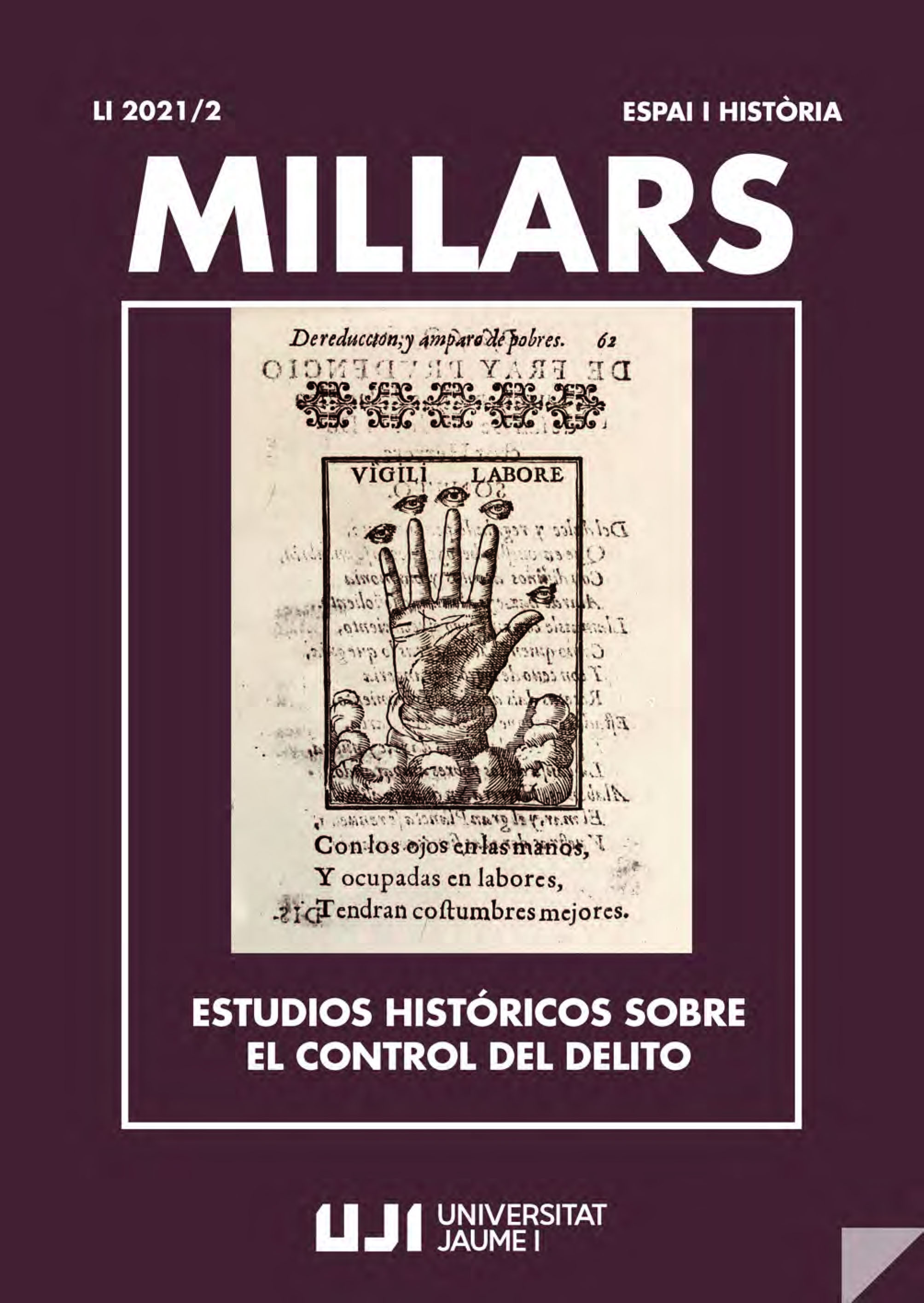THE CHIEF MAGISTRATE AS AN INSTRUMENT OF SOCIAL CONTROL AT THE END OF THE MIDDLE AGES IN THE LORDSHIP OF BISCAY THROUGH VISITS OF GOOD GOVERNANCE TO THE VILLAS
Main Article Content
Abstract
In this study we analyze the visits of good government made by the corregidores to the villas of the Lordship of Biscay between 1495 and 1516 through the example of Ondárroa and Marquina (Markina-Xemein) to know the functioning of this social control mechanism with which the organisation of councils, the administration of justice, the accounts of the council, the supply of food, public works were supervised, fraud..., and dishonest and sinful behavior. The magistrate as agent of the Crown in this role limited the autonomy of local power and interfered in the municipal life and that of the neighbors with a view to achieving the "in promoting the collective good" that was included in the legal and moral framework. In this way the urban community could live in peace, productive activities develop and get rid of divine punishment for not tolerating sinful behavior.


